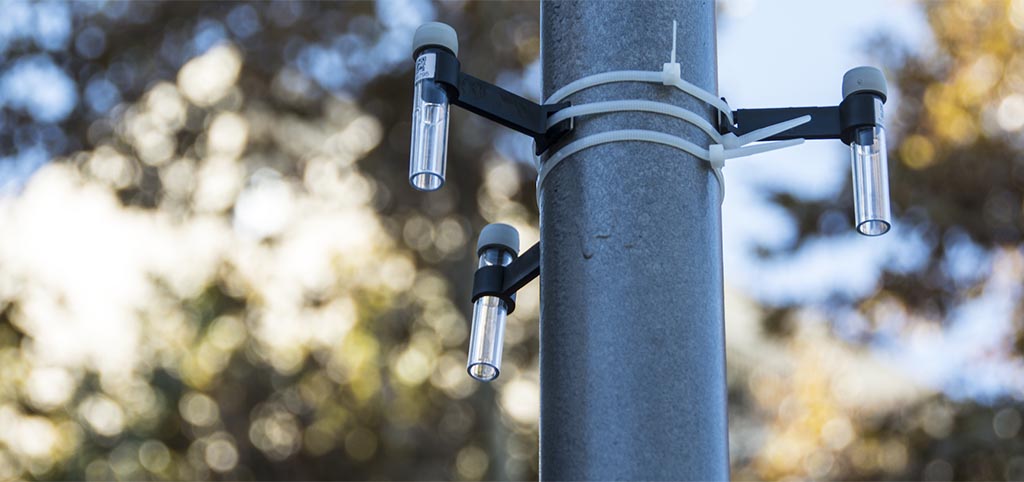Barcelona’s Educational Community to Deploy More Than 800 Air-Quality Sensors
Students, parents and teachers from 20 local schools take part in the xAire project
16.02.2018
Thanks to a new citizen science initiative called xAire, 810 new air-quality sensors will be installed throughout Barcelona starting this Friday. This dramatic expansion of the local sensor network—currently comprising just seven permanent sensors—will allow more detailed mapping of the nitrogen dioxide (NO2) content in the city’s air. The oxidizing properties of NO2, a gas produced primarily by diesel-powered motor vehicles, make it extremely harmful to health.
xAire is an intergenerational citizen science project that follows in the footsteps of London’s Mapping for Change initiative. The new project is being coordinated by Estació Ciutat—the environmental health clinic of the Centre for Contemporary Culture of Barcelona (CCCB)— and OpenSystems (UB), and sponsored by DKV and 4sfera Innova. xAire’s collaborators include ISGlobal, Mobile Week Barcelona, Mapping for Change, and the Barcelona Education Consortium’s 5th Science Congress.
“This is an innovative opportunity to work more collectively on one of Barcelona’s biggest public health problems,” commented Carolyn Daher, Coordinator of the Urban Planning, Environment and Health Initiative at ISGlobal. With the highest density of vehicles in Europe, Barcelona has repeatedly failed to meet air-quality guidelines set by the European Union.
In the first stage of the xAire project, students, teachers and parents at 20 primary schools (two in each district of Barcelona) chose the sites for the air-quality sensors, which consist of simple diffusion tubes. Expert professionals, including members of ISGlobal, provided supervision and guidance during this stage. Distributed across 800 hectares (10% of the urban area) these diffusion tubes will provide a reliable way to measure NO2 levels at specific points.
Recent studies have shown that NO2 pollution is associated with a reduction in working memory and attention capacity in schoolchildren. In fact, cognitive development is slower in children who attend school in high-traffic areas than in children at schools less exposed to traffic-related pollutants.
The second stage of the project will begin in mid-March, one month after the installation of the measurement devices. During this stage, ISGlobal will analyse the data collected by the sensors to determine the health impact of air pollution in Barcelona. The conclusions of the study will be published in October.
A more responsive model to the priorities of the citizens
The xAire project is a response to the WHO’s call for greater efforts to monitor air pollution at the local level, assess the health impact of poor air quality, and spearhead national air pollution policies. The ultimate objective is to halve by 2030 the number of deaths caused by air pollution (7 million worldwide, including 6,860 in Spain).
Moreover, the xAire project has an innovative edge in that it makes citizens the protagonists of the scientific process. Since the schools are involved in choosing the monitoring points that are meaningful to them and in the data collection, they have a sense of ownership over the results. "This collaborative model makes the science more responsive to the priorities of the stakeholders involved, and the results not only provide data, but can serve as a tool for discussion and action," concluded Carolyn Daher.



